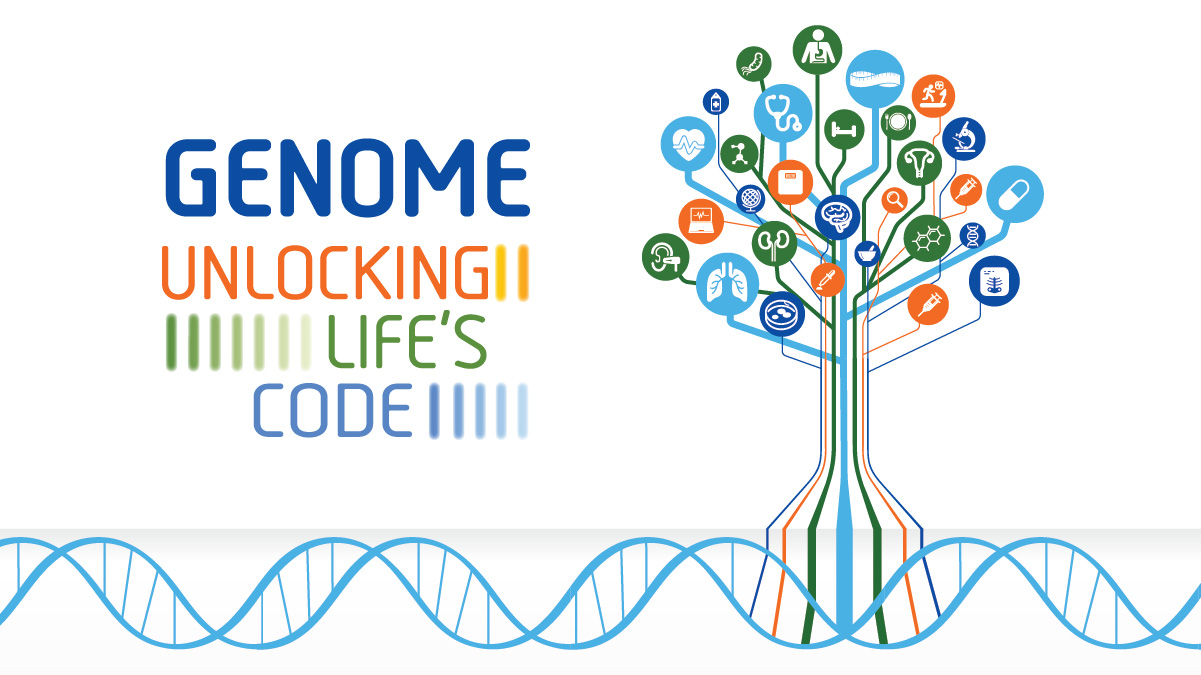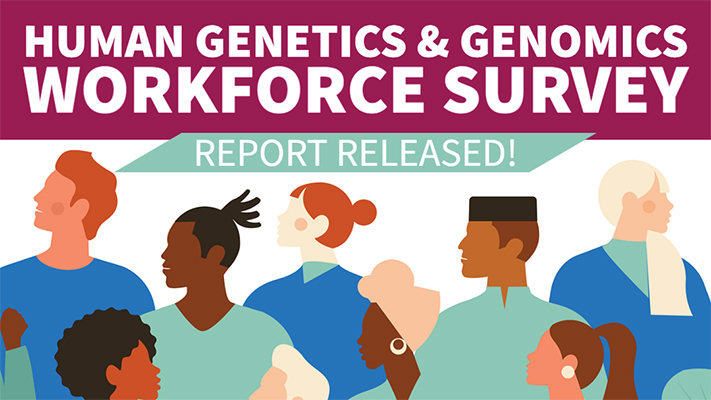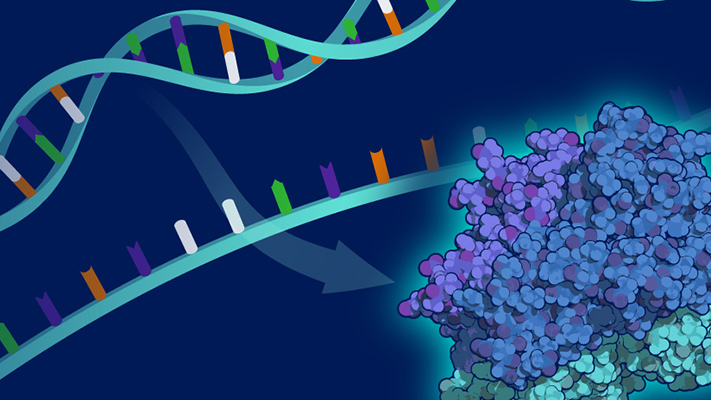Genome: Unlocking Life’s Code exhibition takes its final bow
Twenty years ago – on December 5, 2002 to be precise – the international Mouse Genome Sequencing Consortium announced its generation of a high-quality draft sequence of the mouse genome. This provided researchers the first opportunity to compare the contents of the human genome with that of another mammal, an appropriate milestone in that mouse is a widely used animal model for many human diseases.
In NIH news, Lawrence Tabak, D.D.S., Ph.D., who is performing the duties of the NIH director, has selected Joni Rutter, Ph.D., as director of the National Center for Advancing Translational Sciences (NCATS). This is particularly notable for NHGRI since NCATS has strong historical ties to our institute, with many of the early components of NCATS having started within NHGRI’s Intramural Research Program. Joni has served as the NCATS acting director since April 2021 and will oversee a diverse portfolio of research activities focused on improving the translational process of turning scientific discoveries into health interventions. Congratulations to Joni!
All the best,
![]()
In This Issue
- Genome: Unlocking Life’s Code exhibition takes its final bow
- Report describes diversity of the human genetics and genomics workforce
- New NHGRI-funded online resource summarizes findings of functional genomic variation
- Genomic data science network promotes participation by people from diverse backgrounds
- Upcoming Twitter chat highlights machine learning, artificial intelligence, and genomics history
- NHGRI roundtable discusses the promise and perils of social genomics
Genomic Data Sharing Spotlight
Over the past year, various aspects of genomic data sharing (GDS) have been highlighted via this spotlight series. There are many stakeholders that are part of this data-sharing ecosystem – patients and research participants, those that manage data repositories, data-access committees, policymakers, standards-generating organizations, and many more. The initial inspiration for this GDS Spotlight series was a conversation in 2020 that NHGRI hosted with scientific journal editors, another important group of stakeholders. Scientific journals share in the responsibility to ensure that the data underlying published research findings are made public and meet appropriate expectations for scientific rigor and reproducibility. That conversation highlighted several challenges that can complicate data sharing, including consent, data ownership, privacy, and international regulations. By increasing awareness about the importance and nuances of data sharing, the research community will hopefully be proactive in facilitating data sharing from the very beginning of each new study. Did you know that NHGRI maintains an Informed Consent Resource to provide guidance and sample language for genomics research, including how to describe data sharing to research participants?
The entries for this year’s GDS Spotlight series are now available here for future reference. Hopefully, others will get involved in this campaign to inform the community about the resources available to both share data and make those data maximally useful down the line!

About The Genomics Landscape
A monthly update from the NHGRI Director on activities and accomplishments from the institute and the field of genomics.
Last updated: December 8, 2022






